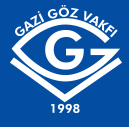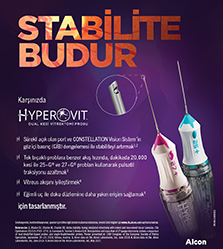Retina-Vitreous
2000 , Vol 8 , Num 3
GYRATE ATROPHY - TWO CASES FROM THE SAME FAMILY
1Mrs.Çakmak Hst., Erzurum 2Abant İzzet Baysal Ü.Tıp Fak. Göz Hast.AD. Bolu Gyrate atrophy is a rare, autosomal recessively inherited, metabolic, progressive, retinal and choroidal degeneration caused by deficiency of the omithine aminotransferase enzyme. The disease is characterized by hyperornithinemia and hyperornithinuria. More than 100 biochemically confirmed cases have been reported in literature. In this study, two patients of the same family with gyrate atrophy were examined ophthalmologically. Most patients with this disorder have high myopia, and posterior subcapsular cataracts are common. The chorioretinal atrophy starts in the midperiphery and proceeds to the periphery and toward the posterior pole. Hyperomithinemia, ligh myopia, and low visual acuity were detected in both of our patients. It's suggested that gyrate atropy should be remembered in the differential diagnosis of chorioretinal atrophy. Keywords : Gyrate atrophy, Hyperornithinemia, Chorioretinal degeneration



